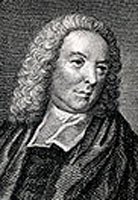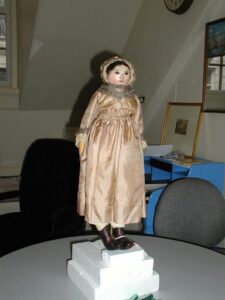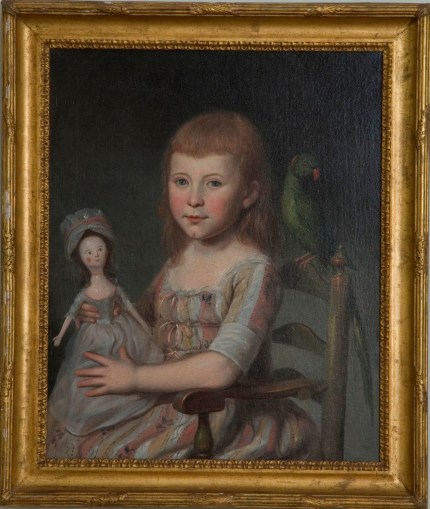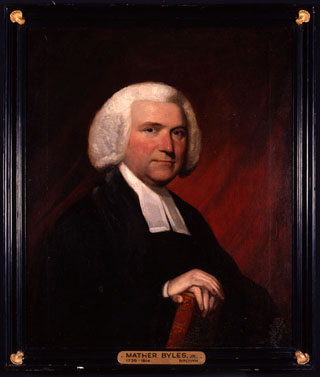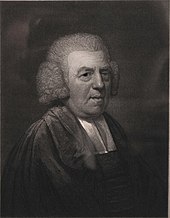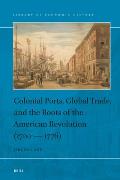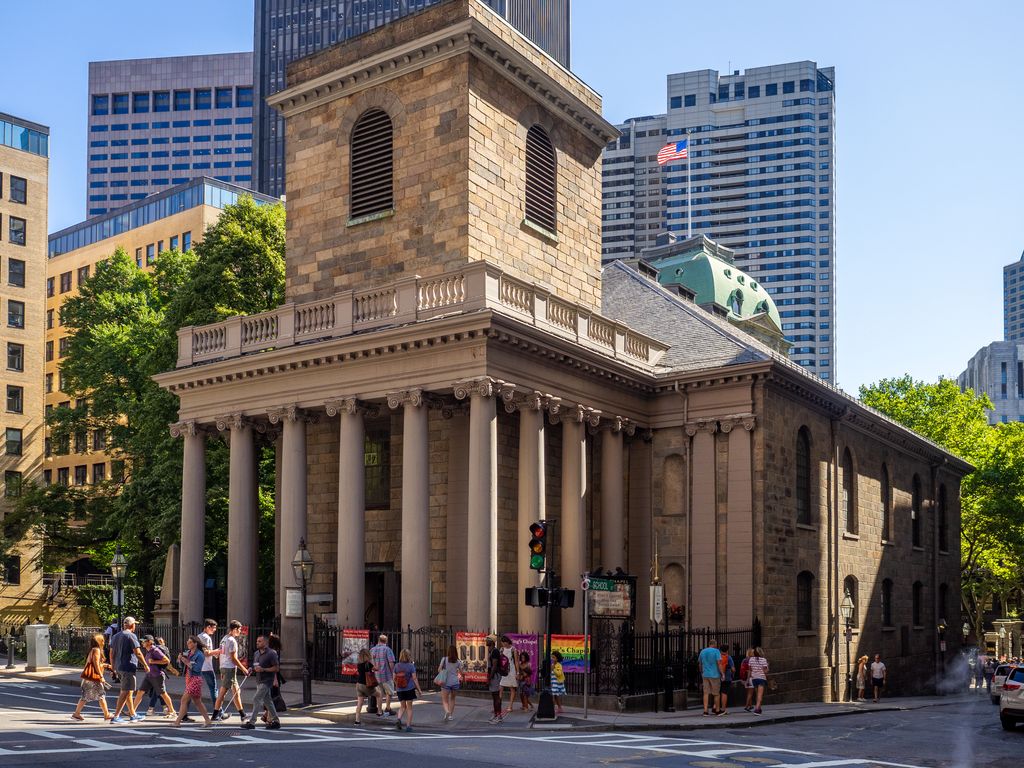“Went to See Bates Performance on Horsemanship”
The merchant John Rowe wrote in his diary that day:
This Afternoon Mr. Bates performd for the first Time horsemanship. A Great many People attended him—It doesn’t look like Rowe himself was there, but he certainly heard about the event.
Nonetheless, it looks like Bates didn’t attract the same size of audiences in Boston as he had in the American cities to the south. His shows spanned three months in Philadelphia, almost two in New York. But after less than a month in Boston, he was preparing to move on.
The equestrian’s 27 September ad told the public: “As Mr. BATES’s Stay in Town will be but short, he will go thro’ all his Performances at the above Time.”
And also, using a rare spelling of a rare term for a riding school, the ad stated: “The Manage, where he Rides, to be Sold.” As at New York, Bates wanted to sell off the lumber he had used to define and shield his riding area.
The 4 October Boston Post-Boy carried this notice:
Positively the last Time here.With that news, John Rowe finally set out to see the show. On 5 October the merchant wrote in his diary:
Mr. BATES
Will perform To-Morrow,
if suitable Weather, if not the first fair Day after:
As the Evenings are Cold, the Doors will be opened at Two o’Clock, and he mounts precisely at Three.
He is extremely obliged to the Gentlemen of Boston, who have countenanced him in his Performances.
TICKETS to be had at the usual Places.
Afternoon Mr. Parker Mrs. Rowe & My Self went to See Bates Performance on HorsemanshipThat mention of “General Acceptance” is significant because the “Mr. Parker” who accompanied the Rowes to the exhibition space at the bottom of the Mall was Samuel Parker, then under consideration to be a minister at Trinity Church, where Rowe was a warden. Parker eventually did become rector at Trinity, later Episcopal bishop of Boston.
hes A smart Active & Strong Man & does every thing to General Acceptance
To be sure, Anglicans like Rowe and Parker didn’t have the same distrust of theatricals as their Puritan neighbors in New England. Nonetheless, Rowe’s praise for Bates shows that not everyone shared the hostility of the anonymous author of the “Bates & his Horses Weighed in the Balance” pamphlet.
COMING UP: One more stop for Bates and his horses.


